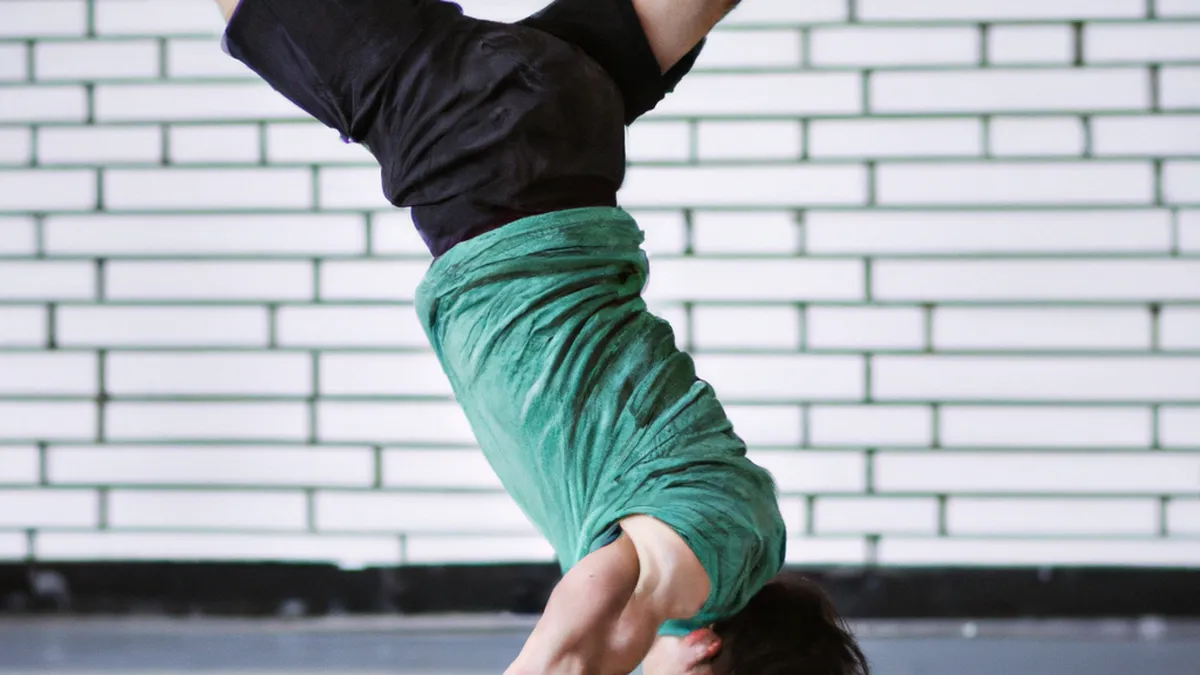Regain Strength with Low-Impact Movements
Injury Rehabilitation Exercises: A Path to RecoveryInjury rehabilitation exercises help individuals regain strength, flexibility, and function after injuries. These exercises speed up recovery from sports injuries, surgeries, or accidents. This blog post explores effective rehabilitation exercises, success tips, and the benefits of staying active during recovery.
Understanding Rehabilitation Exercises
Rehabilitation exercises improve mobility and strength, targeting injured areas. These exercises reduce pain, swelling, and promote overall function. They also enhance blood circulation, which aids tissue healing.
Types of Rehabilitation Exercises
1. **Range of Motion Exercises** Range of motion (ROM) exercises enhance flexibility and mobility. Gentle stretching and controlled movements maintain or improve range of motion. Examples include wrist circles, ankle pumps, and shoulder rolls. Start slowly and increase intensity as comfort improves.2. **Strengthening Exercises** Strengthening exercises build muscle around the injured area. They include bodyweight exercises, resistance bands, or light weights. For knee injuries, squats or leg lifts rebuild strength. Start with light resistance and progress to heavier loads as strength improves.3. **Balance and Coordination Exercises** These exercises improve stability and coordination, especially after balance-affecting injuries. Activities like standing on one leg, using a balance board, or performing tandem walks enhance stability. Focus on maintaining balance for longer periods to regain confidence.4. **Endurance Exercises** Incorporate cardiovascular exercises as rehabilitation progresses. Walking, cycling, or swimming enhance fitness and promote recovery. Start with low-impact options to minimize stress on the injury, gradually increasing duration and intensity.
Tips for Effective Rehabilitation
As an Amazon Associate I earn from qualifying purchases.
Gear tip: consider resistance bands, mobility sliders, and foam yoga wedge to support this topic.
Implement a structured plan for effective rehabilitation. Use these tips to maximize exercise benefits.
1. Consult a Professional
Consult a healthcare provider or physical therapist before starting rehabilitation. They assess your injury and recommend appropriate exercises. A physical therapist guides you through the process, ensuring safe and effective exercise performance while monitoring progress.
2. Set Realistic Goals
Set achievable goals to maintain motivation during recovery. Break rehabilitation into smaller milestones. For instance, if you want full shoulder range of motion, set interim goals like reaching overhead or lifting light objects. Celebrate these small victories.
Conclusion
Injury rehabilitation exercises play a crucial role in recovery. They help regain strength, flexibility, and confidence while promoting overall well-being.
Below are related products based on this post:
FAQ
What are injury rehabilitation exercises?
Injury rehabilitation exercises are activities designed to help individuals regain strength, flexibility, and function after sustaining injuries. These exercises are essential for speeding up recovery from sports injuries, surgeries, or accidents by improving mobility and reducing pain.
What types of rehabilitation exercises are there?
There are several types of rehabilitation exercises, including range of motion exercises, strengthening exercises, balance and coordination exercises, and endurance exercises. Each type targets specific aspects of recovery, such as flexibility, muscle building, stability, and cardiovascular fitness.
Why is it important to consult a professional before starting rehabilitation?
Consulting a healthcare provider or physical therapist before starting rehabilitation is crucial for assessing the injury and recommending appropriate exercises. A professional can guide you through the rehabilitation process to ensure safe and effective exercise performance while monitoring your progress.















Post Comment